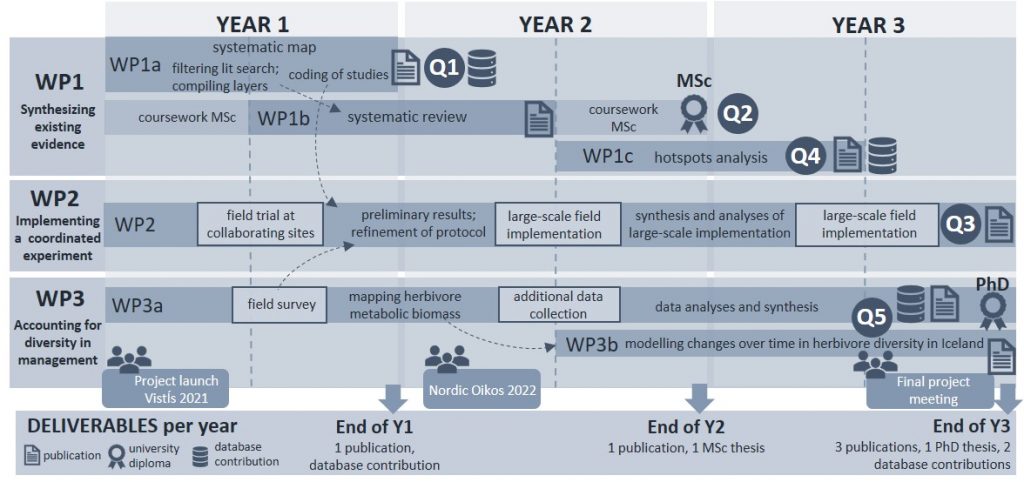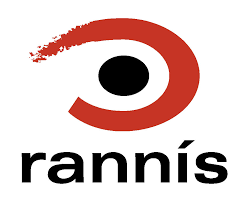Herbivory, the interaction between plants and the animals that eat them, is a fundamental process structuring terrestrial ecosystems. Herbivores link the flow of energy between plants and predators and influence multiple ecosystem functions, like primary productivity and nutrient cycling. Including the effects of herbivores in ecosystem models is essential for describing the responses of ecosystems to environmental change. However, generalizing the impacts of herbivores across rapidly changing ecosystems like the tundra remains challenging because the effects of herbivores depend on where, how, and when the interaction is studied. Until recently, a largely overlooked dimension of plant-herbivore interactions is the composition of herbivore assemblages (i.e. herbivore diversity), which can determine the impacts of herbivores on ecosystems because different herbivores differ in their habitat preferences, food choices and feeding modes.
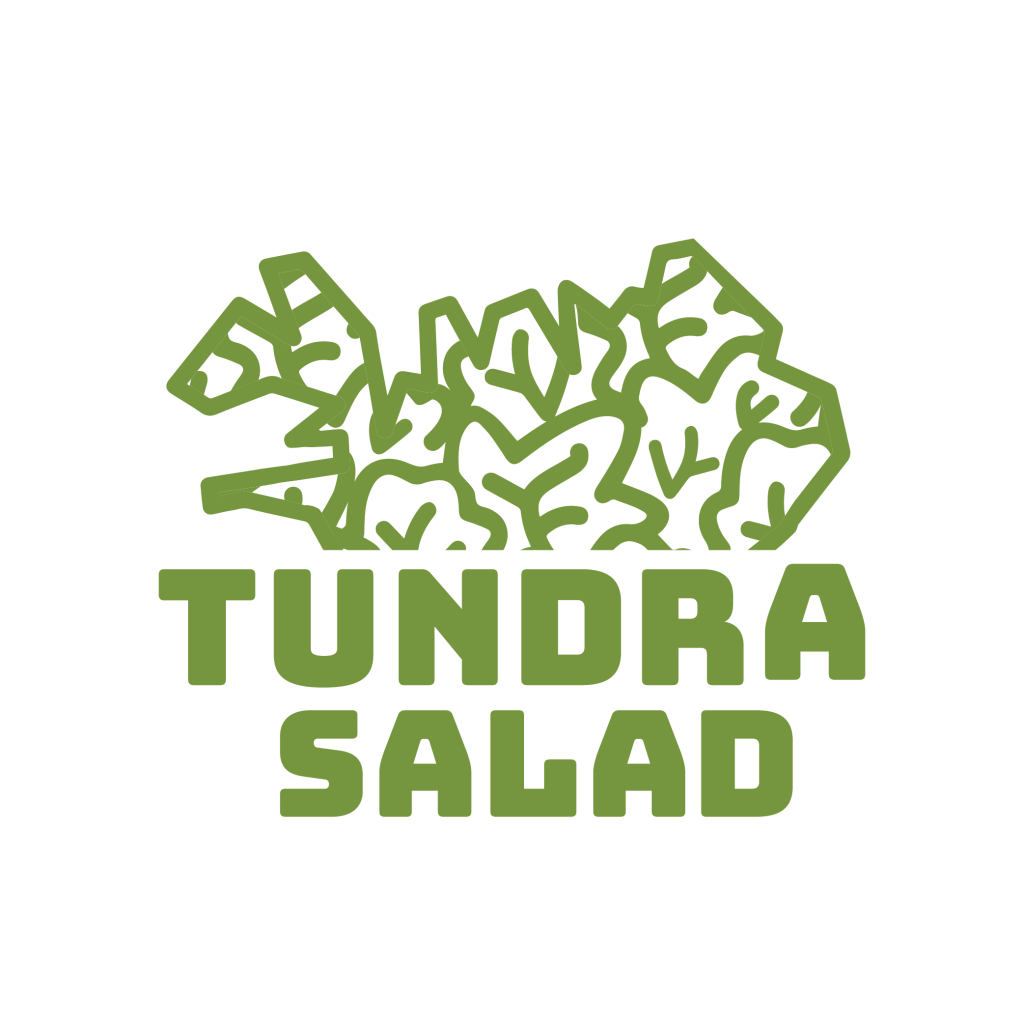
The TUNDRAsalad project proposes a set of integrative experiments and analyses that will provide an innovative conceptual framework for understanding the role of herbivore diversity in tundra ecosystems, and provide the information required to begin to develop management and conservation actions for a rapidly changing Arctic.
TUNDRAsalad will incorporate herbivore diversity into predictions of ecosystem function in tundra. Since natural ecosystems are characterized by many interconnected processes (i.e. ecosystem multifunctionality), we will focus on multiple ecosystem functions related to primary productivity, nutrient cycling and build-up of nutrient pools in order to comprehensively assess the role of herbivore diversity in the functioning of tundra ecosystems.
Specifically, the aims of TUNDRAsalad are to:
- Assess the status of knowledge on the effects of herbivore diversity on ecosystem processes in the tundra biome
- Establish how herbivore diversity affects the functioning of tundra ecosystems
- Account for herbivore diversity to improve conservation and grazing management at both circumpolar and regional scales
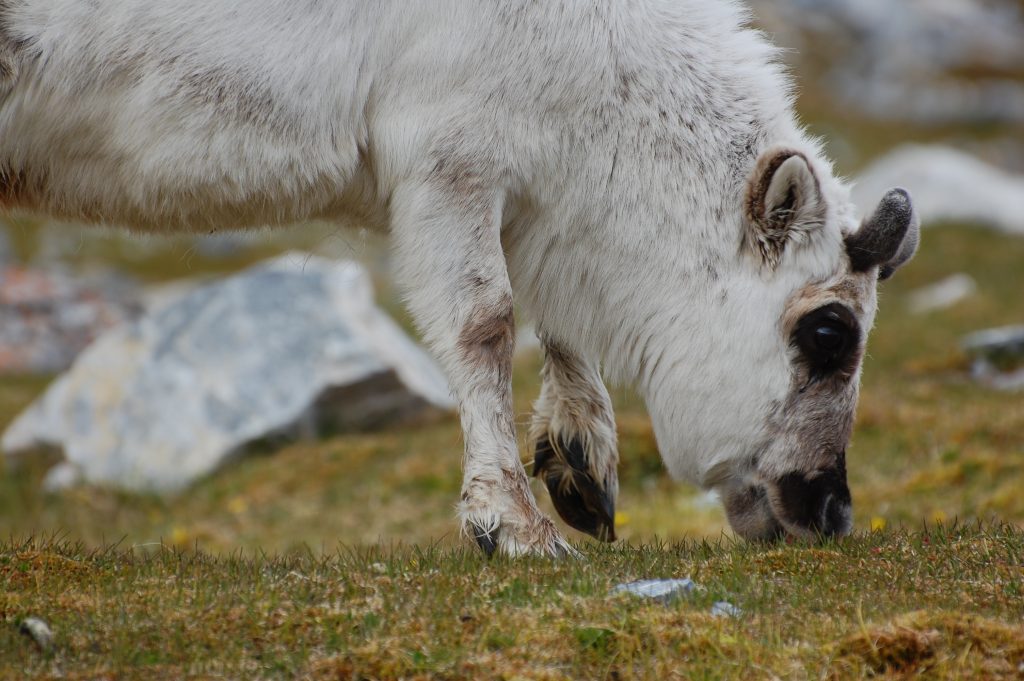
To understand the role of herbivore diversity in rapidly changing tundra ecosystems, TUNDRAsalad will address the following research questions:
- Q1. Where, how, and when has herbivore diversity been studied in tundra ecosystems? By quantifying which conditions (including herbivore diversity) have been more studied and which are underrepresented in the existing literature, we will be able to assess and generalize our current knowledge about the effects of herbivore diversity in the tundra.
- Q2. Does herbivore diversity modulate the effects of herbivores on tundra ecosystems? By synthesizing the results of studies conducted at sites with different herbivore assemblages, we will be able to determine the influence of the diversity and/or the composition of herbivore assemblages on ecosystem functioning. A range of ecosystem functions will be examined to allow estimates of ecosystem multifunctionality across the tundra biome.
- Q3. How does the synergistic effect of different herbivores influence ecosystem processes in the tundra? By implementing a common experimental design at multiple sites across the Arctic we will develop a greatly improved mechanistic understanding of the effects of herbivore diversity on ecosystem multifunctionality in tundra ecosystems in a coordinated way, while controlling for methodological differences across sites.
- Q4. How can this improved ecological understanding be applied to identify areas of high herbivore diversity that should be prioritised for conservation of terrestrial Arctic ecosystems? By identifying hotspots of herbivore diversity or areas with unique combinations of herbivores that are exposed to the strongest environmental changes we will be able to delineate areas of high present (and future) conservation value.
- Q5. Can we account for herbivore diversity to improve grazing management at a regional scale? By including the role of herbivore diversity and its impacts on tundra ecosystems we will be able to improve management and resilience of tundra rangelands.
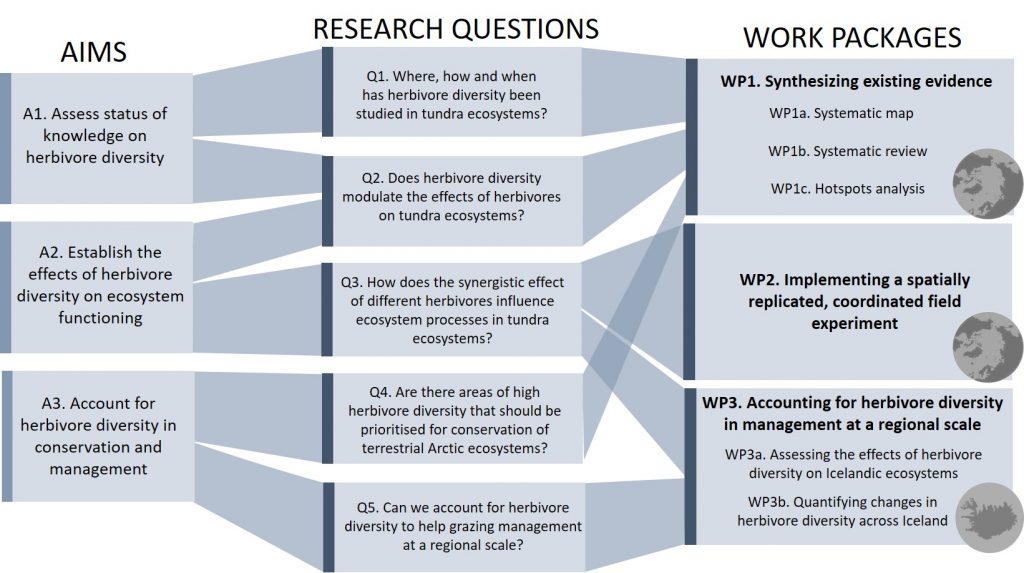
Organization and structure
TUNDRAsalad is organized into three work packages that operate across different scales, from circumpolar and multi-site (WP1 and WP2) to regional scale (WP3), and address the research questions using different approaches, including syntheses of current evidence (WP1), a coordinated field study (WP2) and detailed local studies in Iceland (WP3):
- WP1. Synthesizing existing evidence
- WP2. Implementing a spatially replicated, coordinated field experiment
- WP3. Accounting for herbivore diversity in management at a regional scale
